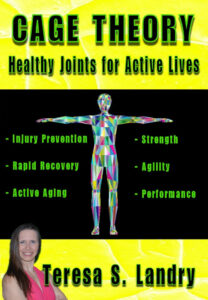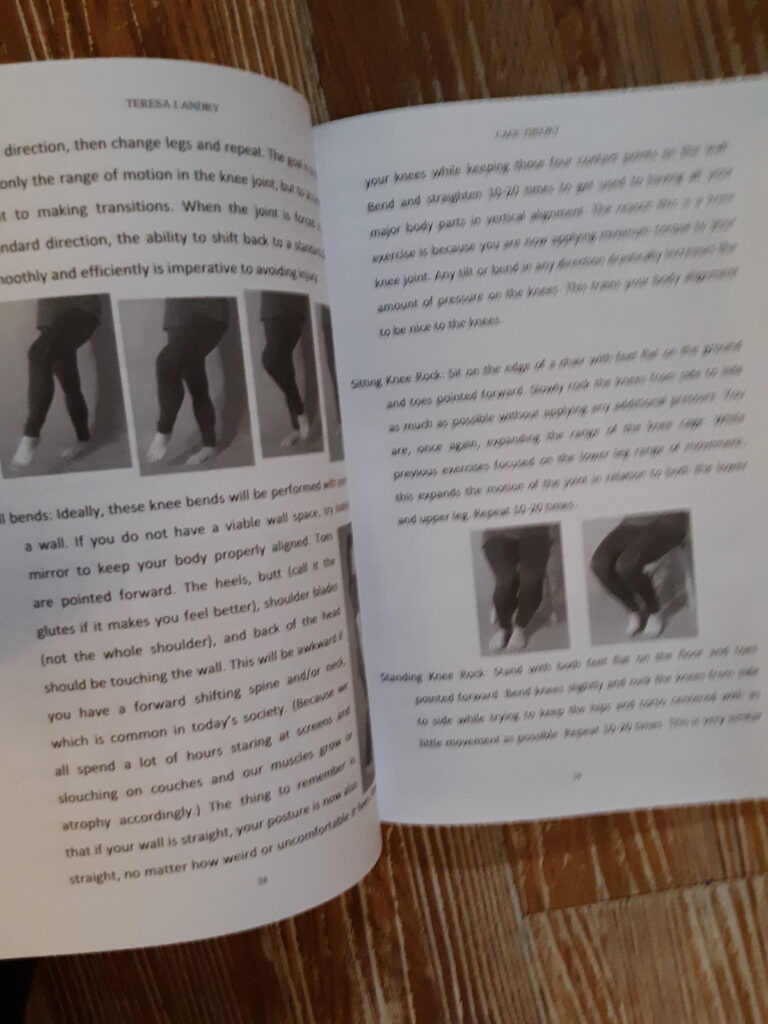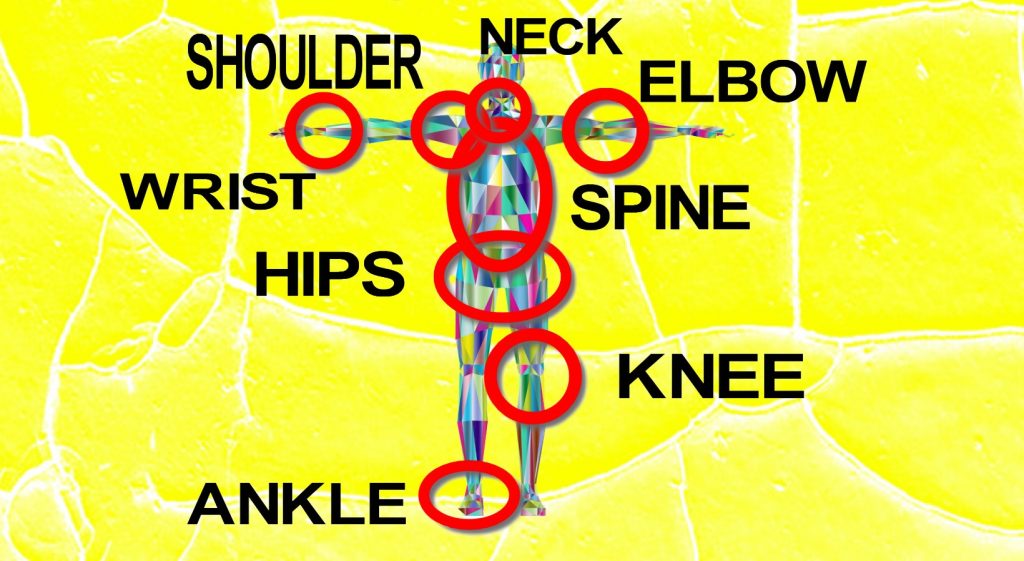
Cage Theory is all about safe movement – what that means and how to attain it. The focus is on joint health for mobility, agility, and injury prevention. Cage Theory not only helps you strengthen joints for optimal performance in any activity, but it gives you a roadmap to segue from physical therapy back to your favorite activities and workouts. Cage Theory draws on classical dance, fitness training, sports training, and martial arts to codify the basics of movement.
Teresa S. Landry’s extensive knowledge base from a lifetime of figure skating, dance, martial arts, gymnastics, and fitness/strength training gives her a unique perspective and and ability to break down the essentials of movement. Cage Theory not only provides a blueprint for an active lifestyle, but it is an essential foundation for elite athletes.
The top layer of muscles hold all the power, but the small attachments on the inside – tendons, ligaments, cartilage, and small muscles – are much more important for injury prevention, pain-free movement, and peak performance in any sport. Cage Theory gives specific exercises with detailed descriptions so you can strengthen and maximize the power of these small parts, one joint cage at a time.

The problem with most workouts is that they only work the big, noticeable muscles. That leaves the vast majority of muscles floundering and underworked. It is my experience that a large portion of injuries could be prevented with more even muscle development, especially as they relate to the joint cages. Cage Theory is about strengthening the entire grouping of soft tissues surrounding the joint areas: the cage.
Cage Theory exercises do not replace sport-specific exercises. Cage Theory exercises are the foundation to build upon.
- Over 200 photos and illustrations
- Two levels of Cage Theory exercises and bonus advanced techniques
- Detailed exercise descriptions
- Explanations and reasons for all movements
- Common injuries and problems addressed with preventive exercises
- No special equipment required
Start with the Basics
When we learn anything new, we start with the basics, even if it’s review. Gourmet cooking starts with understanding ingredients; higher math starts with understanding basic math; words come before a novel; mechanics learn how to use tools before rebuilding a transmission. It just makes sense to start with the basics.
Safety First
Our bodies are no different. In order to successfully – which implies without injury – complete advanced movements, we have to understand the basics completely. When it comes to our bodies, that means that safe movement should be automatic before moving on to advanced movements, which are usually sport- or activity-specific. Cage Theory breaks down the joint areas, or “cages” and gives you the tools you need to make safe movement automatic.

Improve Performance
Cage Theory isn’t just about being safe – It’s about being better, stronger, faster. If you could get a little more height, a little more speed, a little more agility, what would that do for your performance?
Safe movement and proper alignment happen to be incredibly efficient. Efficient movement increases overall ability. When I teach children figure skating, they expend much, much more energy than I do to go half as fast. Why? Because they move every muscle they have and don’t actually control their own movements. I only move the muscles I need to move. Some people call this grace or poise, but, really, it’s efficiency.
Cage Theory teaches efficiency of movement in a way that helps prevent injury, speed recovery if you have already been injured, and improve agility. The added bonus is that proper alignment and efficient movement decrease joint stress, which frequently translates to less pain. What do you have to lose?
Order Cage Theory today –
Buy the .pdf download for $9.99 with the link below (PayPal secure checkout)
Buy the soft cover book from Amazon for $24.99 – click here
Still not convinced? Read an excerpt of Cage Theory on Medium here.

